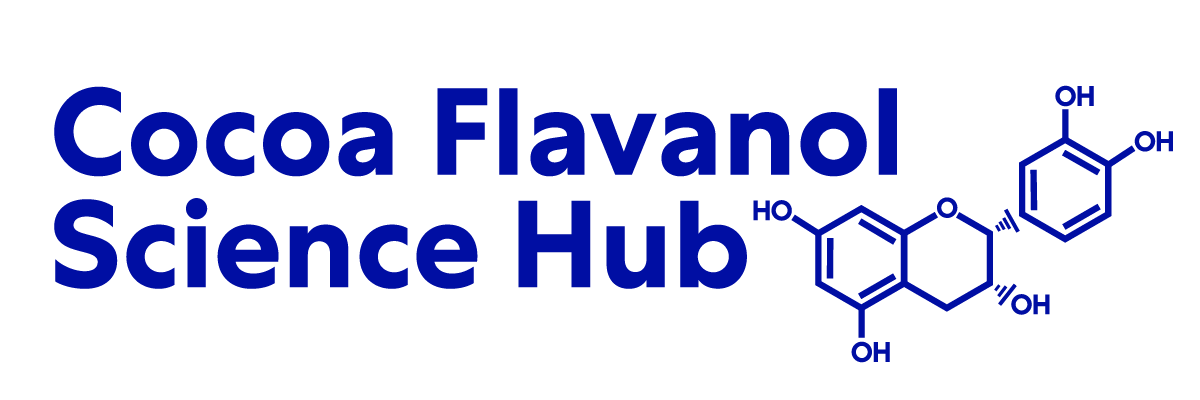Cytotoxic effects of digalloyl dimer procyanidins in human cancer cell lines.
Flavanols, a class of polyphenols present in certain plant-based foods, have received increasing attention for their putative anticancer activity. In vitro and in vivo studies, which have compared the effectiveness of various monomer flavanols, indicate that the presence of a galloyl residue on the 3 position on the C-ring enhances the cytotoxicity of these compounds. Procyanidins, oligomerized flavanols, have been reported to be more cytotoxic than monomer flavanols in a variety of human cancer cell lines. Given the above, we evaluated the potential anticancer properties of dimer procyanidins that contain galloyl groups. Specifically, the cytotoxicity of synthetic digalloyl dimer B1 and B2 esters {[3-O-galloyl]-(-)-epicatechin-(4beta,8)-(+)-catechin-3-O-gallate (DGB1) and [3-O-galloyl]-(-)-epicatechin-(4beta,8)-(+)-epicatechin-3-O-gallate (DGB2), respectively} were tested in a number of in vitro models. DGB1 produced significant cytotoxicity in a number of human cancer cell lines evaluated by three independent methods: ATP content, MTT and MTS assays. For the three most sensitive cell lines, exposure to DGB1 and DGB2 for 24, 48 or 72 h was associated with a reduction in cell number and an inhibition of cell proliferation. Digalloyl dimers exerted significantly higher cytotoxic effects than the structurally related flavanols, (-)-epicatechin, (+)-catechin, (-)-epicatechin gallate, (-)-epigallocatechin gallate, (-)-catechin gallate and dimer B1 and B2. These results support the concept that the incorporation of galloyl groups and the oligomerization of flavanols enhances the cytotoxic effects of typical monomer flavanols. The therapeutic value of these compounds and their derivative forms as anticancer agents merits further investigation in whole animal models.
See the Full Study > (opens in a new tab)









